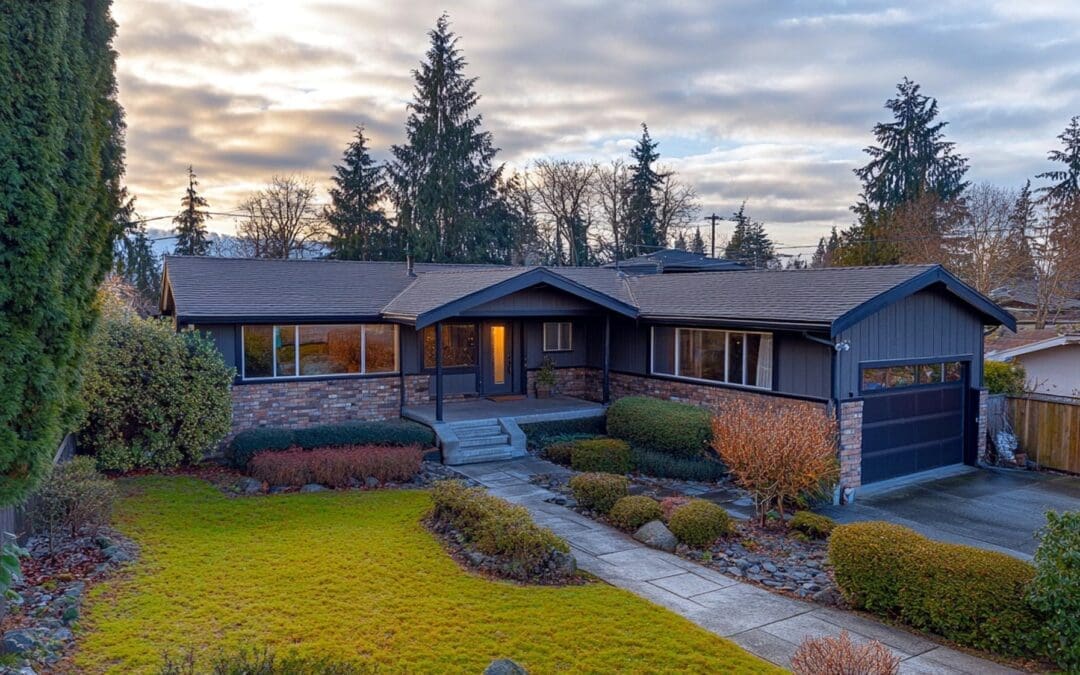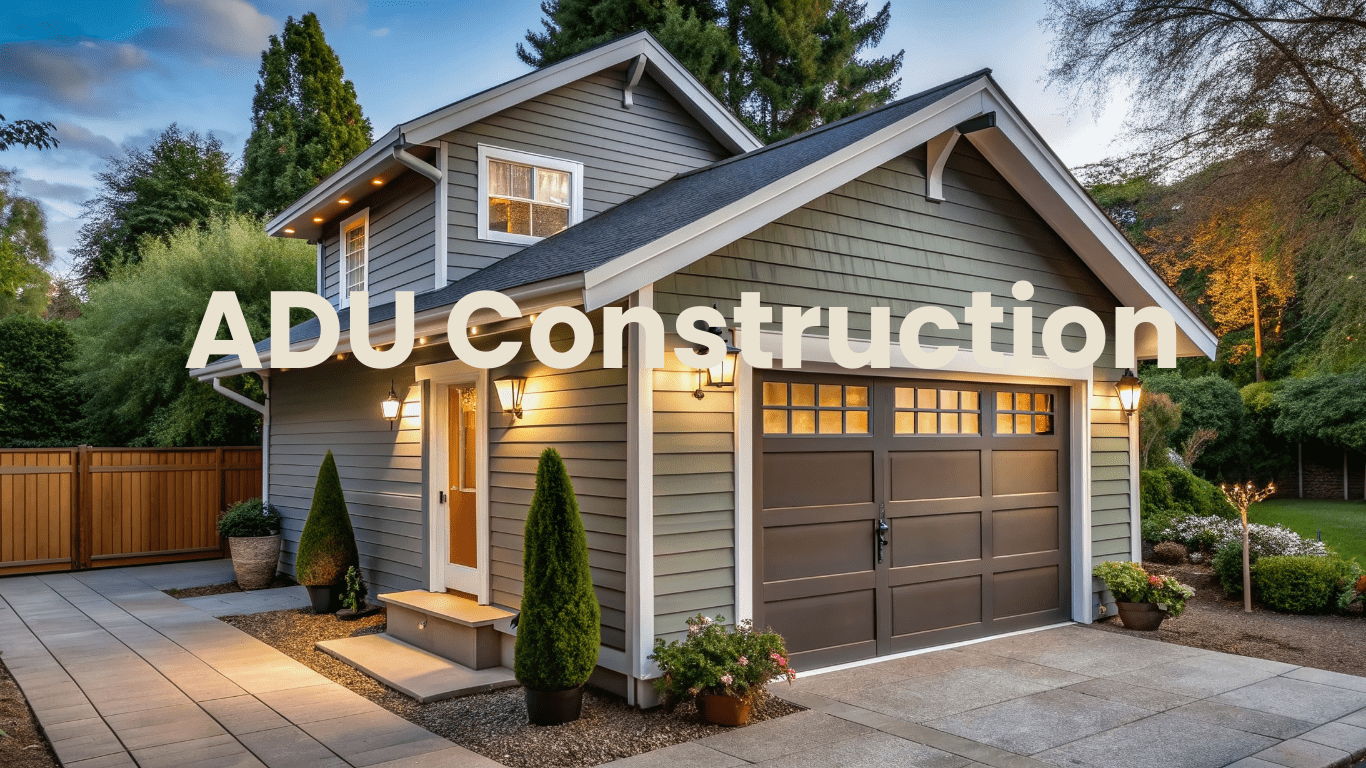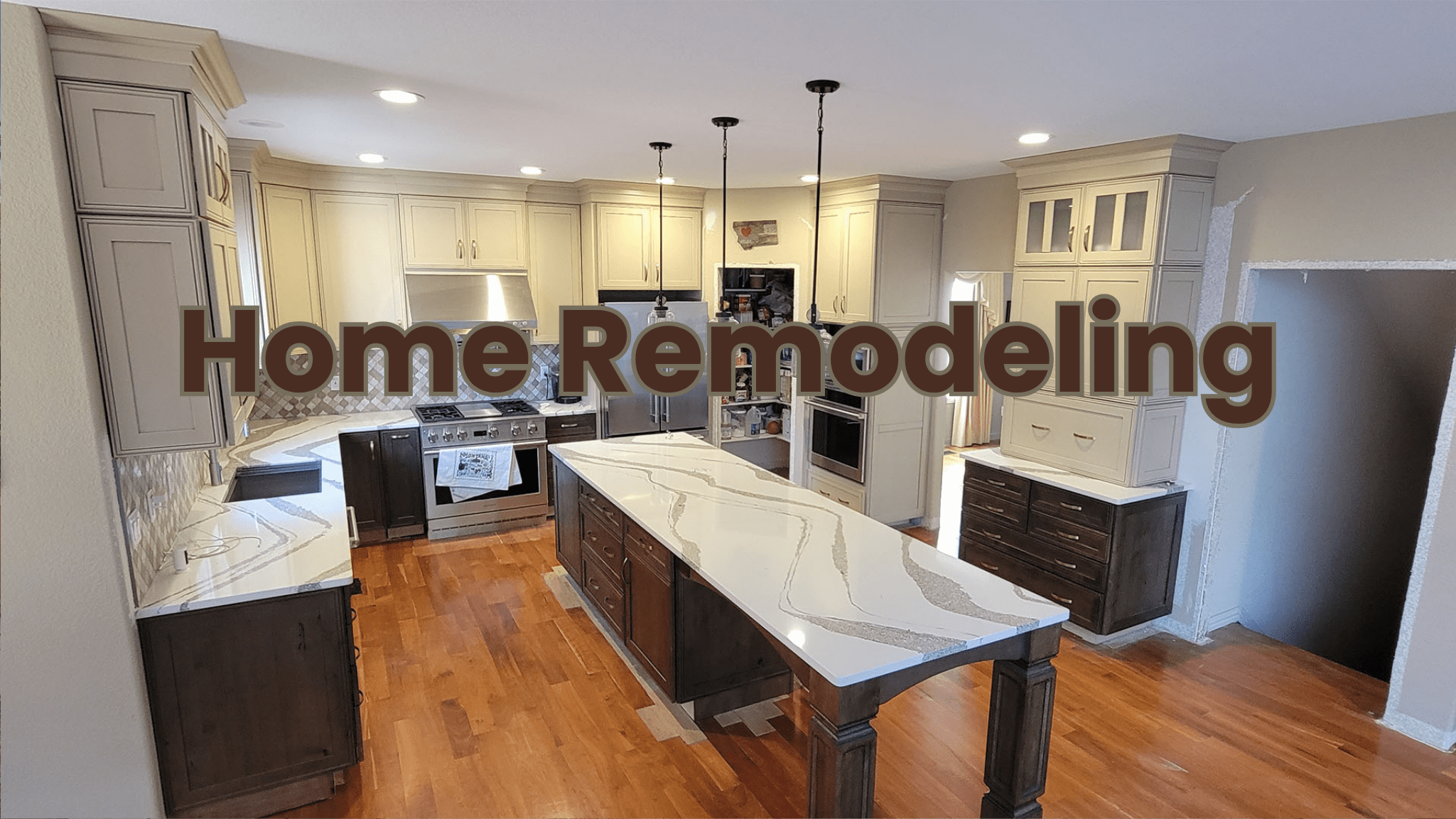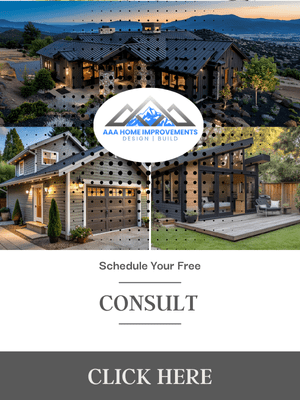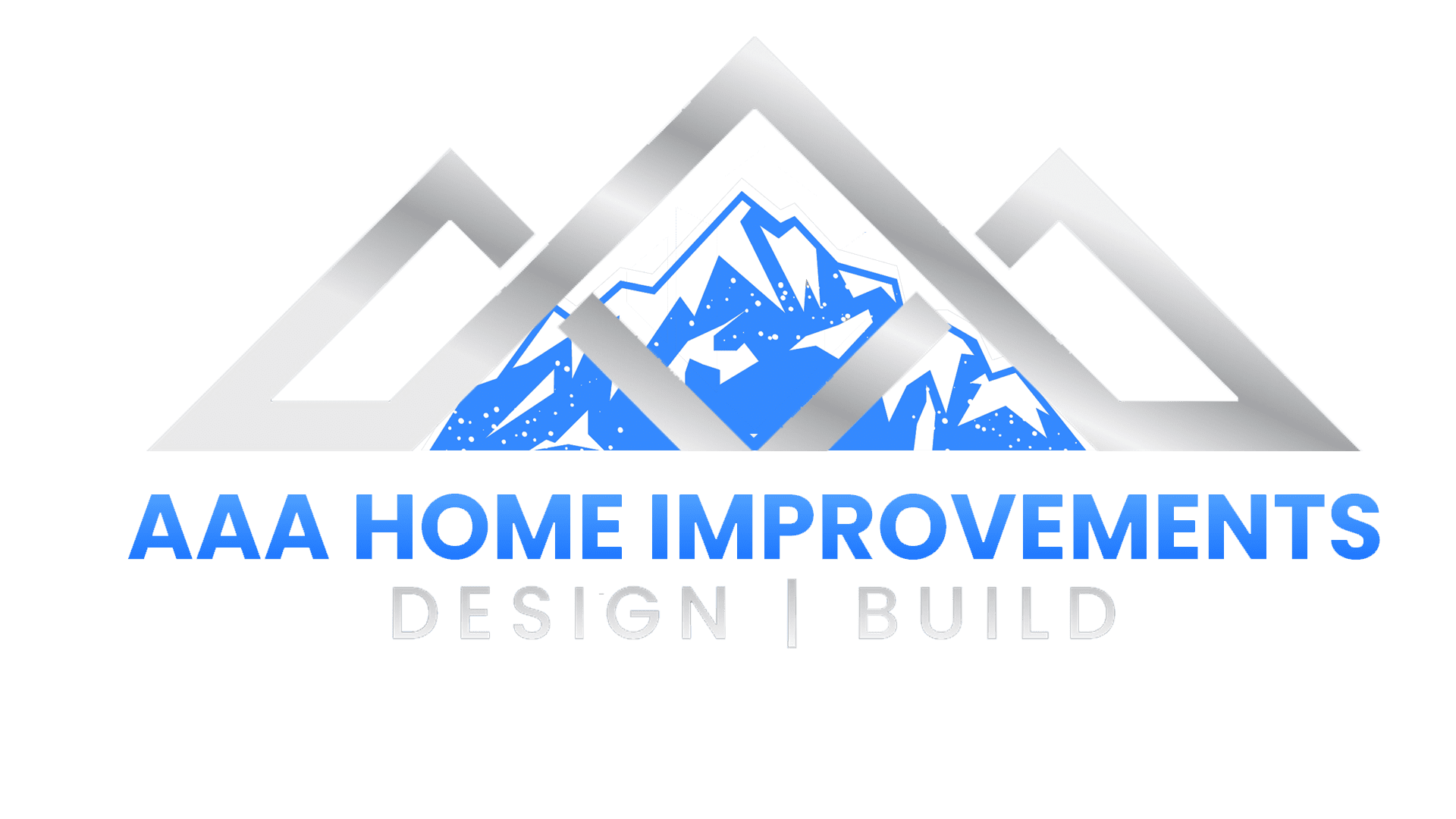Understanding ADUs in Colorado: Unlocking the Potential of Your Property
Imagine transforming your backyard into a private retreat for aging parents, a comfortable space for adult children, or even a steady source of rental income. That’s the power of an Accessory Dwelling Unit (ADU). These versatile living spaces are gaining popularity across Colorado as families search for flexible housing solutions and ways to maximize property value.
At AAA Home Improvements, we specialize in helping homeowners navigate the process of planning, permitting, and building ADUs in Denver and throughout the Front Range. With over 20 years of experience, we know how to take the guesswork out of regulations and construction — so your investment delivers both lifestyle benefits and long-term financial return.
This guide will help you in understanding ADUs, the laws that shape them, and the opportunities they bring to Colorado homeowners.
Table Of Content
What Is an ADU?
The Basics Every Homeowner Should Know
An Accessory Dwelling Unit (ADU) is a secondary, independent housing unit built on the same property as your primary home. Think of it as an additional residence — fully functional with its own kitchen, bathroom, and living space.
ADUs can take several forms:
- Detached ADU – A backyard cottage, carriage house, or standalone small home.
- Attached ADU – A direct addition to your home, sharing at least one wall.
- Converted ADU – A finished basement, garage apartment, or over-garage suite.
Unlike tiny homes on wheels or short-term RV-style dwellings, ADUs are permanent, permitted structures designed to comply with Colorado building codes.
For homeowners, they offer flexibility: housing for family members, a long-term rental unit, or even a private home office. Understanding ADUs starts with recognizing how versatile they can be.
Why ADUs Are Booming in Colorado
Colorado faces a growing housing shortage. As urban areas expand and property values rise, many cities are encouraging ADUs as a way to increase housing supply without disrupting neighborhood character.
For families, ADUs provide a practical response to real-life needs:
- Parents looking to age in place but still close to family.
- Adult children needing a transitional living space after college.
- Homeowners searching for additional income streams.
ADUs also align with sustainable housing goals by utilizing existing lots, reducing urban sprawl, and promoting walkable, connected neighborhoods.
Simply put, understanding ADUs means recognizing they’re not just a trend — they’re part of Colorado’s housing future.
Navigating Colorado ADU Laws and Zoning
Here’s where things can get complicated: every city and county in Colorado has different rules for ADUs. Homeowners must consider zoning, lot size, and design restrictions before moving forward.
Common Factors That Affect ADU Approval:
- Zoning Regulations – Some neighborhoods allow ADUs by right, while others require special approval. For example, Denver permits ADUs in certain residential zones but requires setbacks from property lines.
- Lot Coverage & Size – Many municipalities cap the total square footage an ADU can occupy relative to the main home.
- Height Restrictions – Cities often limit ADUs to one or two stories.
- Parking Requirements – Some areas require additional off-street parking spaces for ADU tenants.
- Occupancy Rules – Certain jurisdictions restrict rentals or require the homeowner to live on-site.
Examples Across the Front Range:
- Denver – Specific neighborhoods are zoned for ADUs; maximum size depends on lot dimensions.
- Lakewood – Detached ADUs require special permitting and design review.
- Boulder – Longstanding ADU program with strict square footage and rental regulations.
- Parker & Highlands Ranch – Zoning boards review applications case by case, with community input often required.
Without expert guidance, navigating these rules can feel overwhelming. AAA Home Improvements takes on this burden by researching zoning, managing permit applications, and coordinating with city planning departments. That way, your project stays compliant from day one.
Benefits of ADUs for Homeowners
When understanding ADUs, the benefits go far beyond just adding square footage.
- Multigenerational Living Solutions
ADUs create a balance of closeness and privacy for families. They allow parents to downsize without leaving the property, provide space for adult children, or house caregivers nearby.
The result is stronger family support, reduced living expenses, and independence for each household member.
- Rental Income Opportunities
ADUs can generate a steady monthly income. With rental demand across Denver and the suburbs at record highs, homeowners can offset their mortgage or fund other projects.
A well-designed ADU also increases resale value, making your property more attractive to future buyers.
- Property Value Growth
An ADU is one of the smartest improvements you can make to boost long-term equity. Because it adds functional living space, appraisers and buyers recognize it as an asset that enhances property worth.
- Lifestyle Flexibility
From a guest suite to a short-term rental, ADUs adapt as your needs evolve. They’re one of the few home improvements that combine immediate usability with future financial returns.
The ADU Construction Process in Colorado
At AAA Home Improvements, we’ve refined a step-by-step process to make ADU construction simple and predictable:
- Initial Consultation – We discuss your goals, budget, and property specifics.
- Feasibility Review – Our team researches zoning, setbacks, and utility access.
- Design & Planning – We create a custom ADU design that integrates with your existing home and meets code requirements.
- Permitting & Approvals – We handle submissions, revisions, and city communication.
- Site Preparation & Utilities – Excavation, grading, and underground connections (sewer, water, and electrical).
- Framing & MEP Systems – Structural framing, mechanical systems, plumbing, and electrical rough-ins.
- Finishing Work – Drywall, flooring, cabinetry, and final touches.
- Inspections & Handoff – Regular inspections ensure compliance; we deliver a move-in-ready ADU.
By focusing on compliance, quality, and clear communication, AAA ensures your ADU project stays on time and on budget.
Financing an ADU in Colorado
One of the biggest questions homeowners ask is: How do I pay for an ADU?
Here are common financing options:
- Home Equity Line of Credit (HELOC) – Borrow against existing equity in your property.
- Cash-Out Refinance – Refinance your mortgage and use the difference to fund construction.
- Construction Loan – Short-term financing specifically for building projects.
- Savings + Rental Income Strategy – Some homeowners invest upfront, then recoup costs through long-term rental revenue.
On average, ADUs in Colorado cost $250,000–$400,000, depending on size, finishes, and site conditions. With rental income often ranging from $1,500–$2,500 per month in Denver Metro, the investment can pay itself off over time.
Design Inspiration: Popular ADU Styles in Colorado
Design is where ADUs shine. At AAA Home Improvements, we specialize in custom designs tailored to each property.
Popular options include:
- Backyard Cottage – Detached unit with full living amenities.
- Garage Apartment Conversion – Maximizes existing structures.
- Basement ADU – Perfect for walk-out lots in hilly areas like Lakewood or Golden.
- Over-Garage Unit – Great use of vertical space while preserving yard area.
We also integrate energy-efficient building practices, from advanced insulation to solar-ready roofing. This keeps operating costs low while aligning with Colorado’s green building initiatives.
Why Choose AAA Home Improvements for Your ADU?
Building an ADU isn’t just about construction — it’s about trust, planning, and craftsmanship.
AAA Home Improvements offers:
- 20+ years of experience in the Denver Metro area.
- A full design–build process that manages every step.
- A reputation for premium craftsmanship and clear communication.
- A client-focused approach that respects your time, budget, and goals.
Our mission is simple: to create ADUs that are functional, beautiful, and built to last.
Conclusion: Understanding ADUs in Colorado
When it comes to understanding ADUs, the key is realizing how they can transform both your property and your lifestyle. Whether your goal is housing loved ones, generating rental income, or boosting property value, an ADU is a smart, future-proof investment.
At AAA Home Improvements, we’re here to guide you through zoning, permitting, design, and construction — so your project is stress-free from start to finish.

